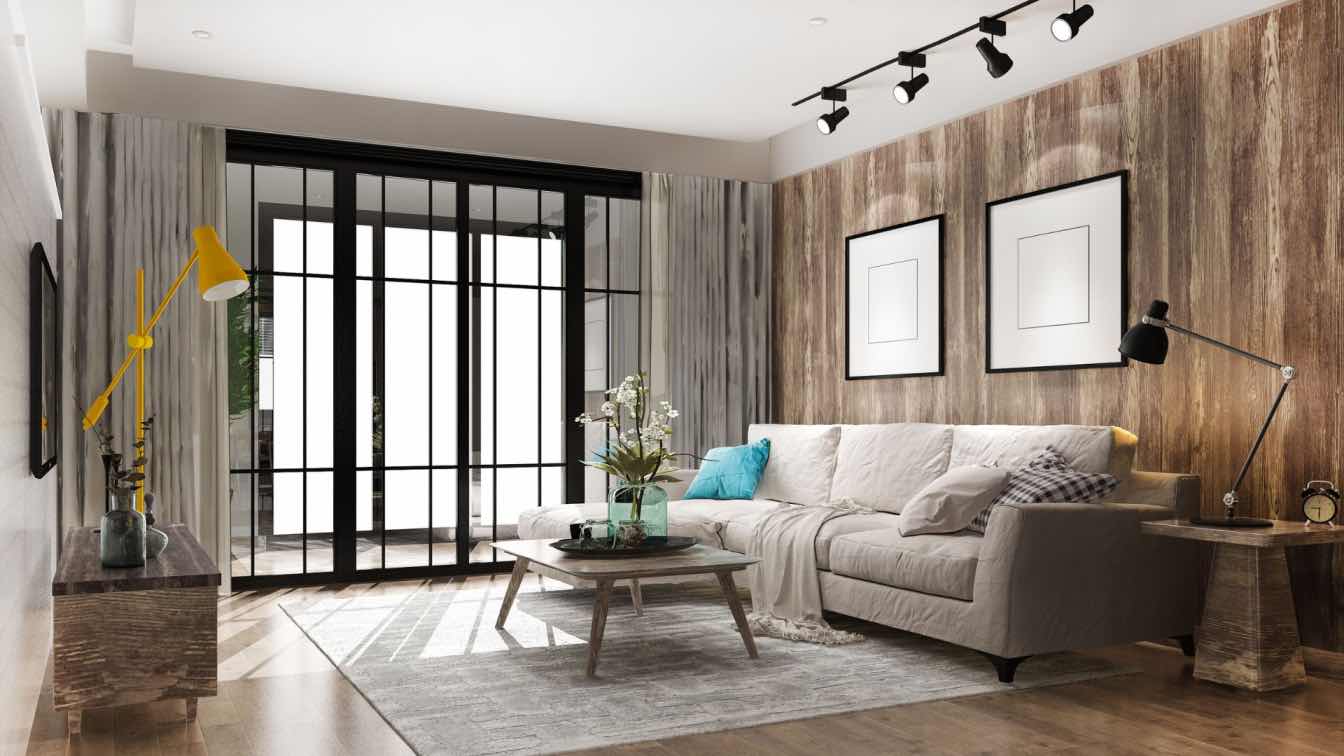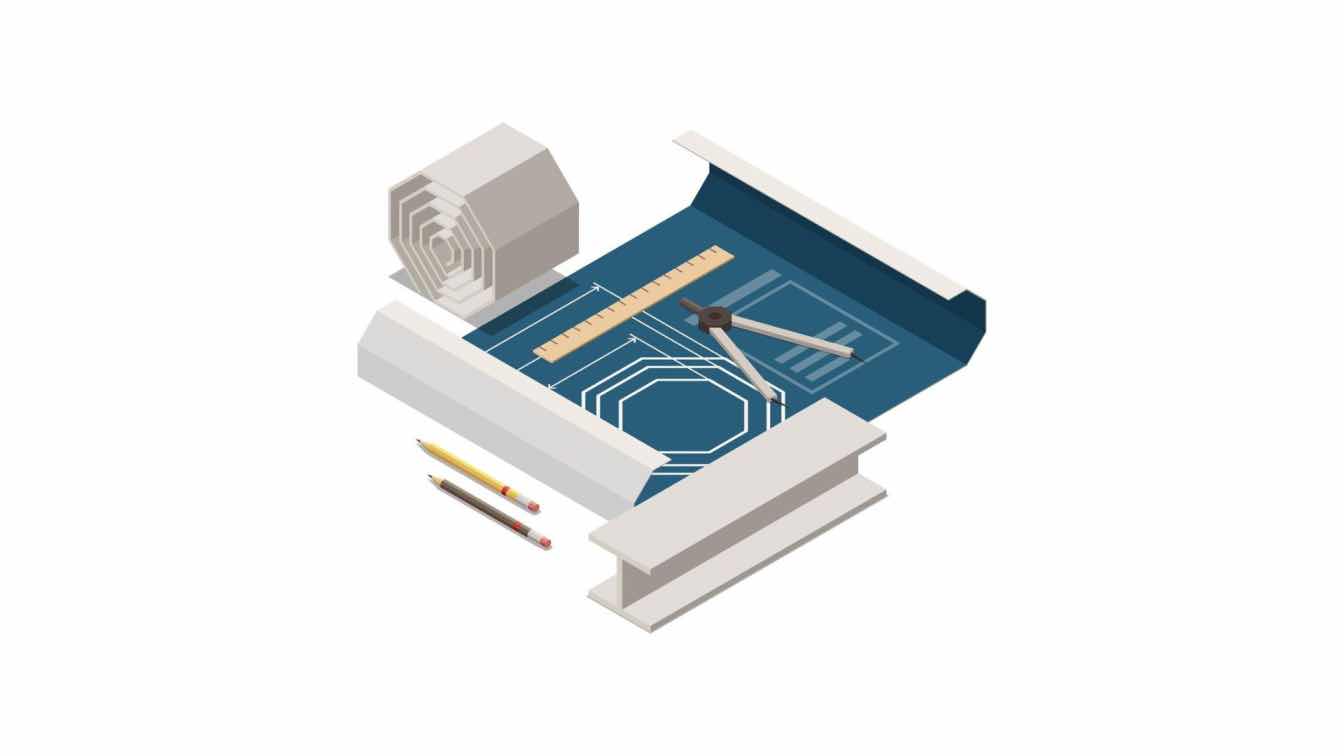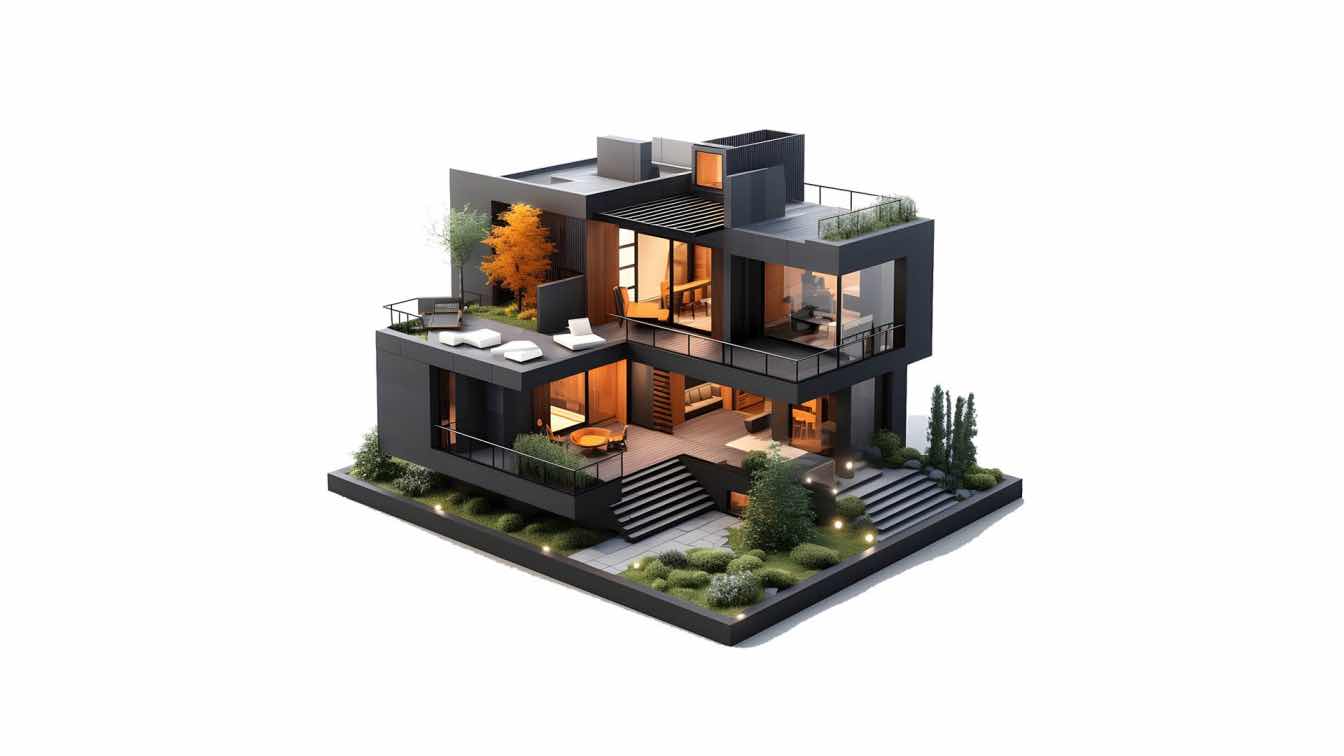Home architecture plays a critical role in ensuring the safety and well-being of its occupants. When home design is poor or fails to meet safety standards, it can result in personal injuries. These injuries often lead to legal claims, making the connection between personal injury law and architecture highly relevant. This article explores how personal injury law intersects with home architecture, emphasizing the importance of safe design, building codes, and liability.
1. The Role of Architecture in Preventing Personal Injuries
Good architectural design considers safety as a top priority. Architects need to design homes that minimize the risk of accidents, such as slips, trips, and falls. Poorly designed stairs, uneven flooring, and inadequate lighting can all contribute to accidents that lead to injury. When these accidents occur, the injured party may file a personal injury claim against the homeowner, builder, or even the architect, depending on the circumstances.
Common Architectural Design Issues Leading to Injuries:
Staircases: Unsafe or steep staircases without proper handrails or lighting can cause falls.
Slippery Surfaces: Use of smooth materials, particularly in wet areas like bathrooms, can lead to slips and falls.
Poor Lighting: Insufficient lighting, especially in hallways or outdoor areas, can increase the likelihood of accidents.
Balcony and Deck Failures: Poorly constructed or weak balconies and decks can collapse, causing severe injuries.
2. Building Codes and Safety Regulations
One of the main ways personal injury and architecture connect is through adherence to building codes. These codes are in place to ensure that homes meet safety standards. If a home is built in violation of local building codes and someone is injured as a result, the homeowner or builder may be held liable for negligence.
Important Building Codes for Home Safety:
Handrails on Stairs: Building codes often require handrails for all stairs, both indoors and outdoors.
Smoke Detectors: Proper installation of smoke detectors is a crucial safety measure.
Flooring Materials: Building codes may specify the types of flooring suitable for certain areas to prevent slips.
Balcony and Deck Load-Bearing Capacity: Balconies and decks must meet specific load-bearing standards to avoid collapse.
3. Liability in Case of Injuries
In the event of an injury due to architectural defects, liability can fall on various parties depending on the situation:
Architects: If an injury is caused by a design flaw, the architect may be held accountable for negligence.
Builders: Faulty construction or failure to meet safety standards can make builders liable for accidents.
Homeowners: Homeowners can be held responsible if they knowingly allow dangerous conditions to persist in their home.
4. Types of Personal Injury Claims Related to Home Architecture
There are various personal injury claims that can arise due to architectural issues, including:
Slip and Fall Accidents: These are among the most common personal injury claims and are often caused by poor design or maintenance.
Structural Failures: Injuries caused by collapsing roofs, walls, or decks can lead to severe legal action.
Burn Injuries: Fires caused by faulty wiring or poor fire prevention measures in homes can result in significant personal injury claims.
5. Preventing Personal Injury Through Thoughtful Architecture
Preventing injuries starts with good design. Architects and builders must take into account the needs of all occupants, including the elderly, children, and those with disabilities. Features such as ramps, non-slip flooring, and wider doorways can enhance home safety.
Safety Features to Incorporate into Home Architecture:
Non-slip flooring: Especially important in bathrooms and kitchens.
Proper lighting: Ensure adequate lighting in all areas, especially stairwells and outdoor spaces.
Wider doorways and hallways: These features help accommodate those with mobility issues.
Handrails and grab bars: Useful for preventing falls, especially in bathrooms and on stairs.
6. Home Renovations and Legal Risks
When renovating a home, it's essential to follow local building codes and ensure that all safety standards are met. Failing to do so can increase the likelihood of injuries and expose homeowners to legal action.
Conclusion
The relationship between personal injury lawyer and home architecture is significant. Safe architectural design can prevent accidents and injuries, while poor design can lead to legal liability. Both architects and homeowners must prioritize safety when designing, building, or renovating homes to avoid personal injury claims. By adhering to building codes and incorporating thoughtful safety features, the risk of accidents can be minimized, protecting both the occupants of the home and those responsible for its design.





